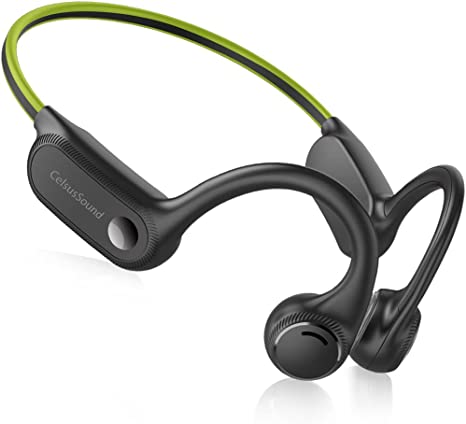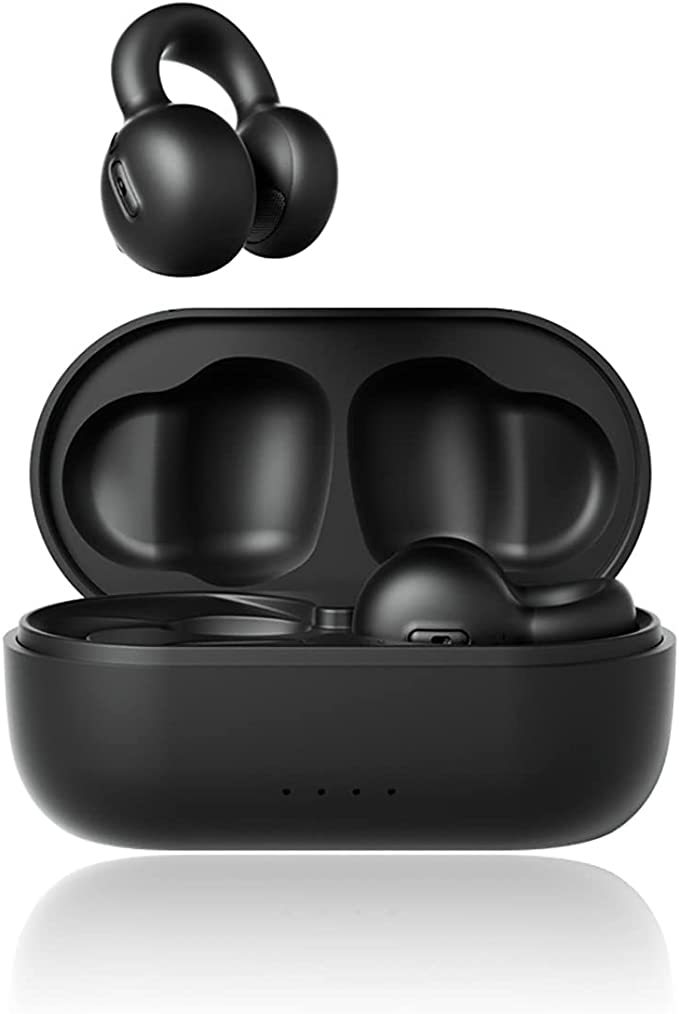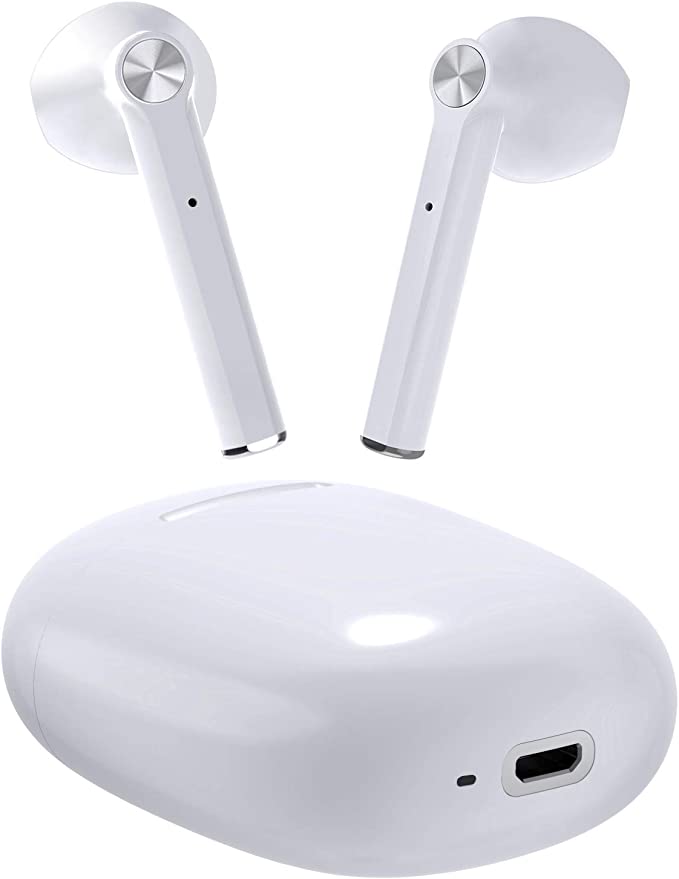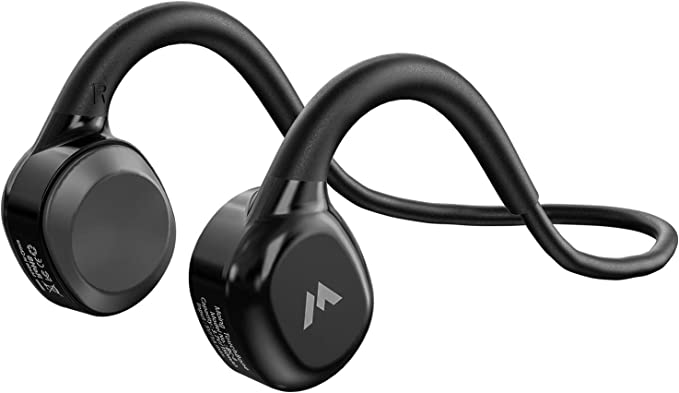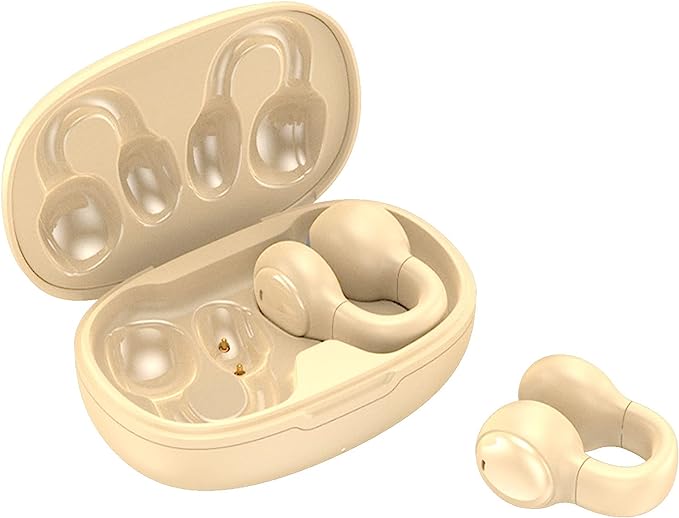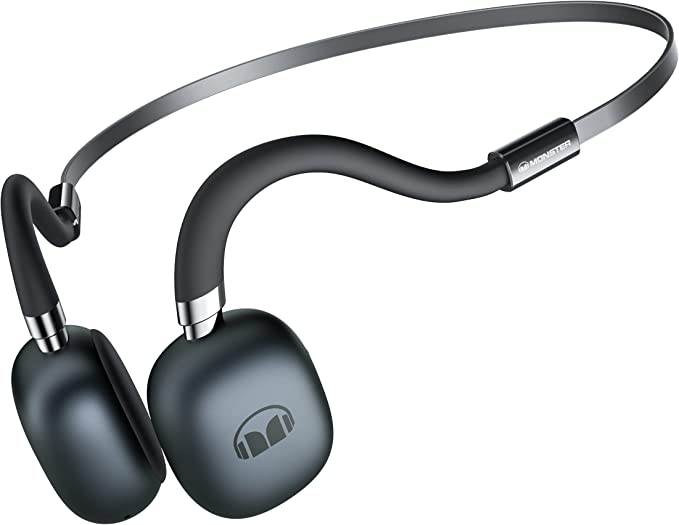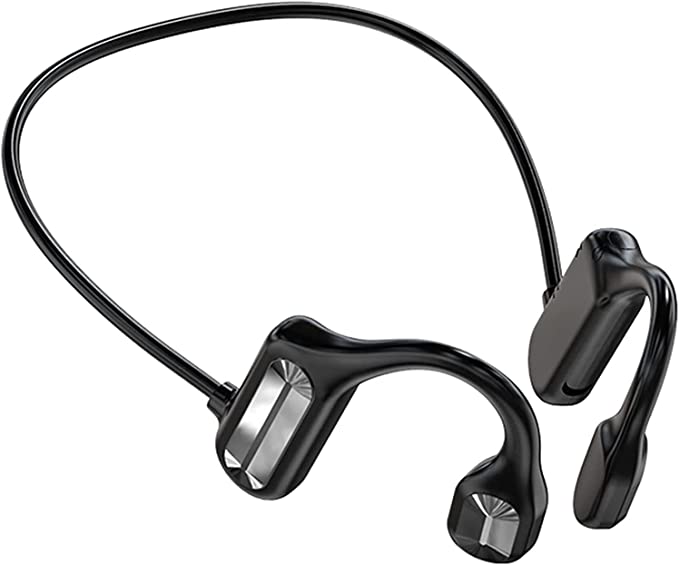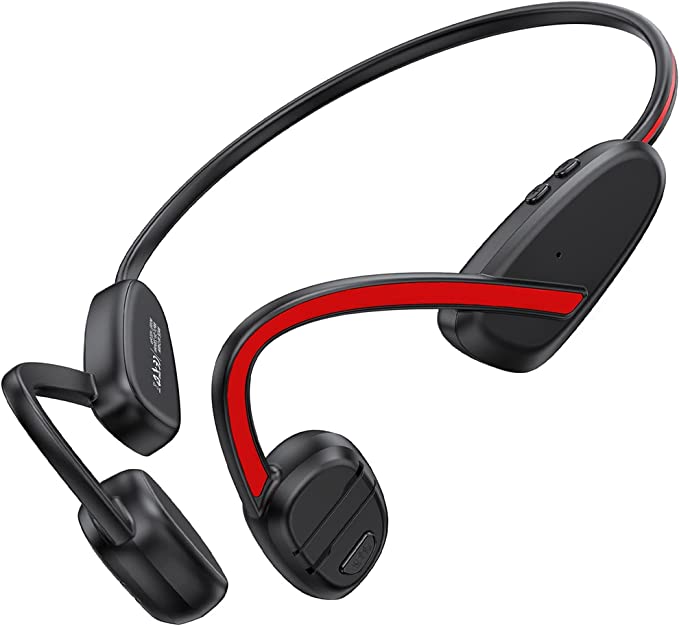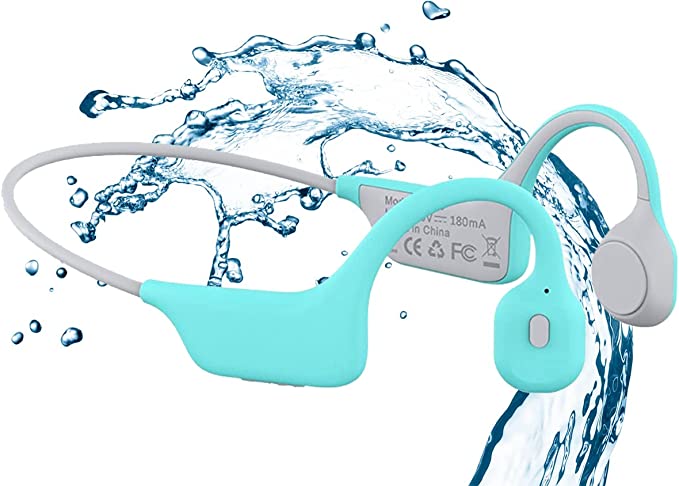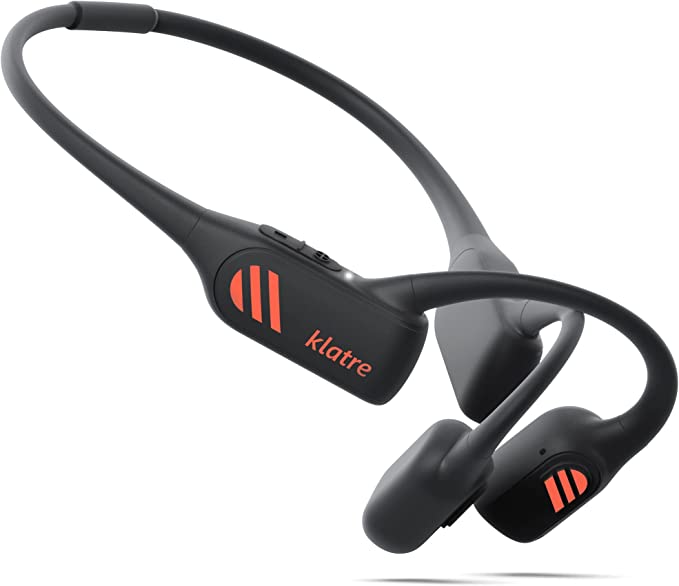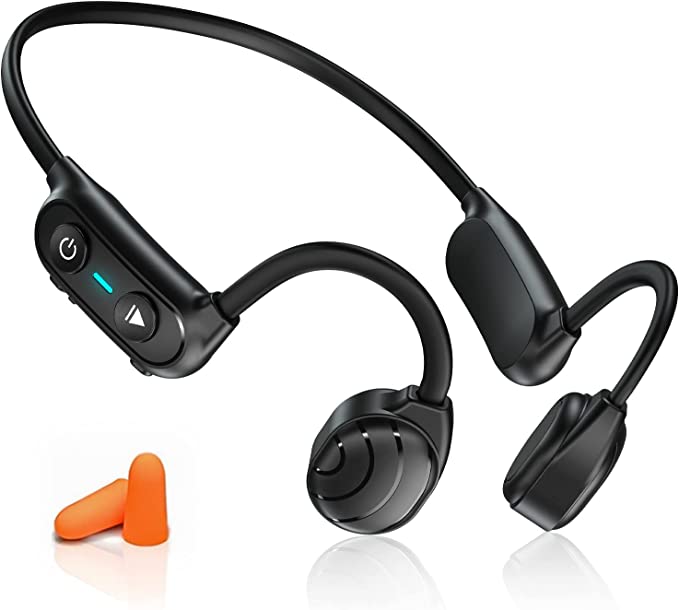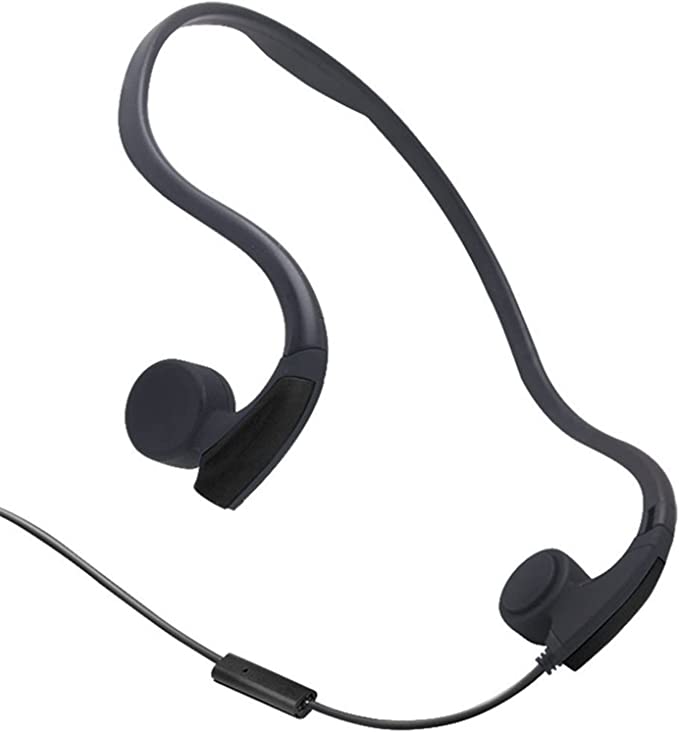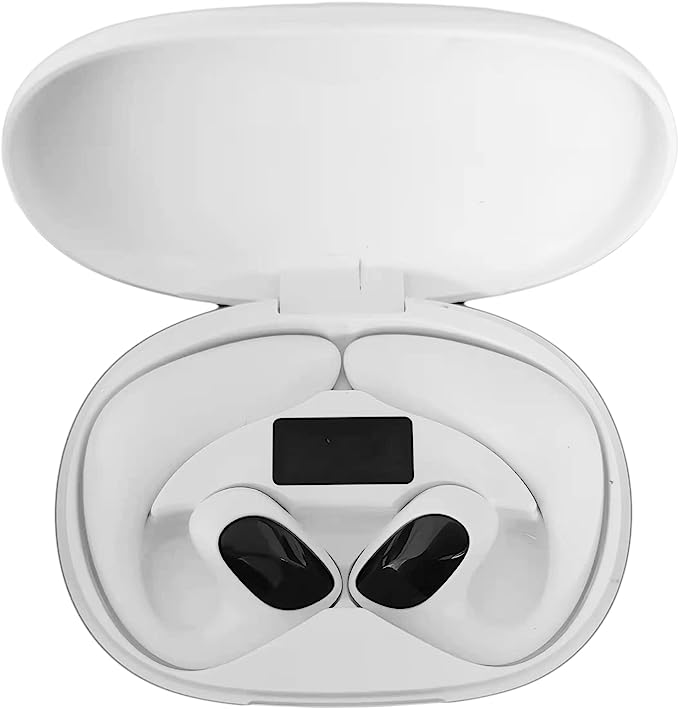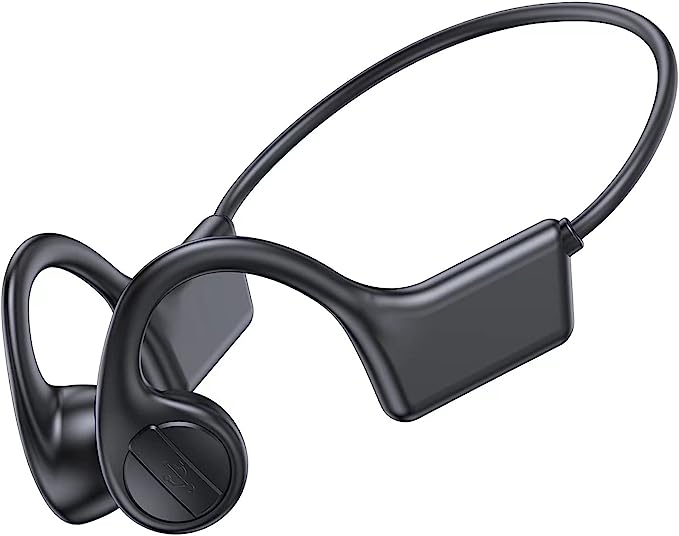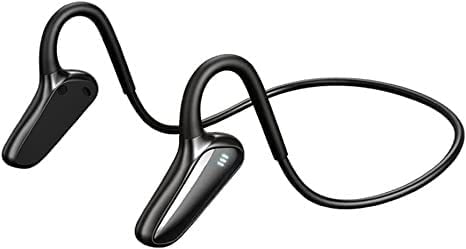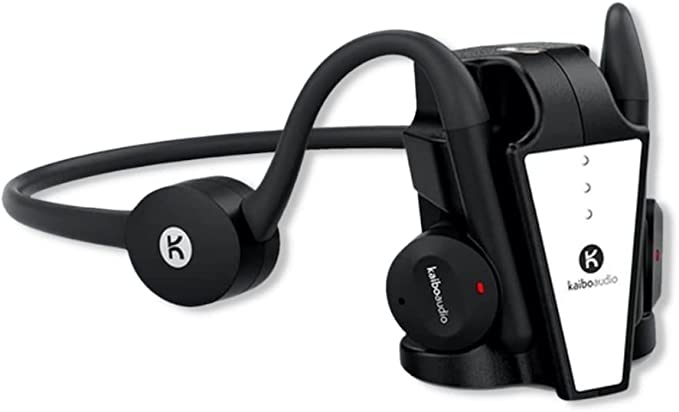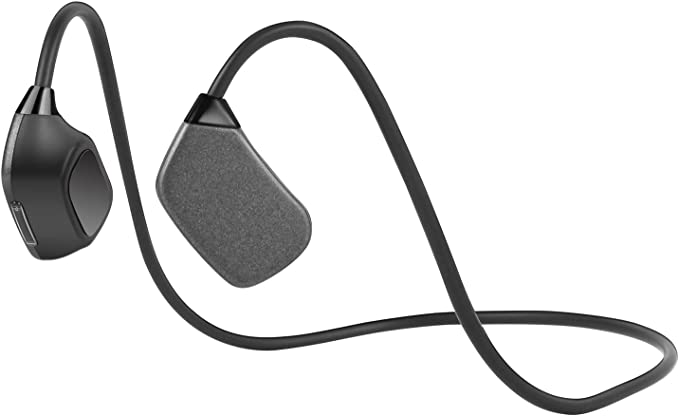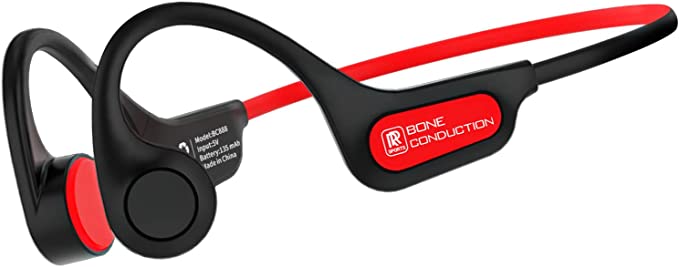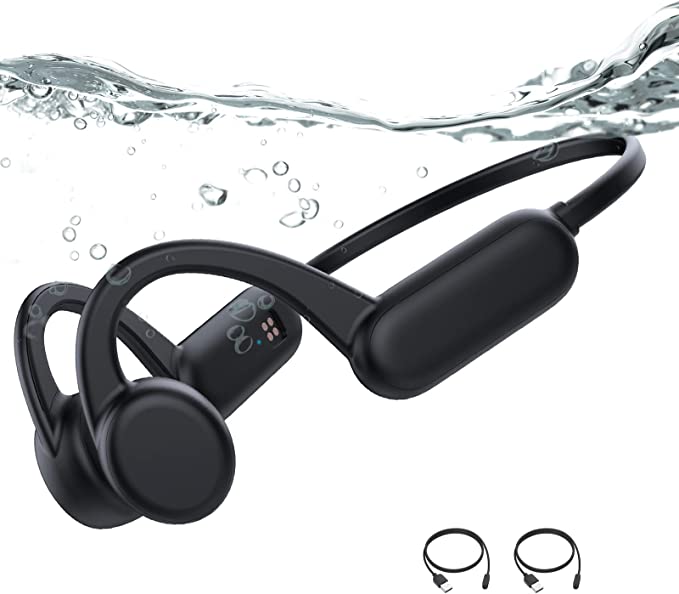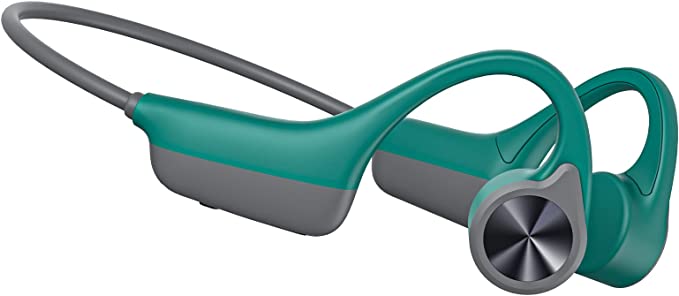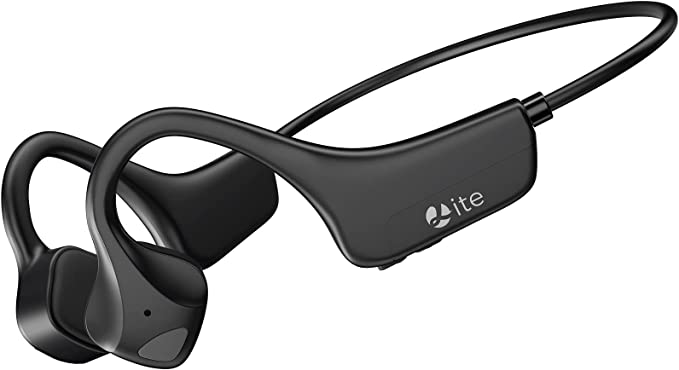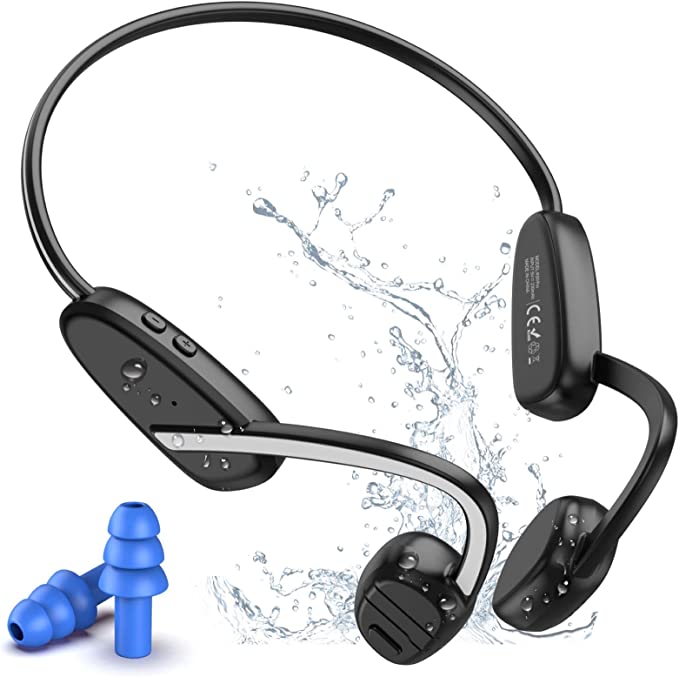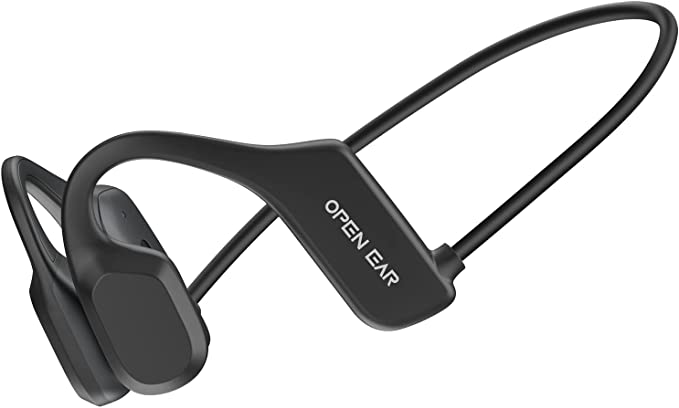Beyond the Eardrum: The Science and Trade-offs of Bone Conduction Headphones
Update on Nov. 14, 2025, 5:22 p.m.
Our world is defined by vibrations. We call this phenomenon sound, and our ears are the intricate biological instruments evolved to capture and interpret it. But what if the conventional path of sound—traveling through the air and into our ear canals—wasn’t the only route to perception? What if there was a more direct, tactile way for sound to reach our inner ear?
This is the fascinating principle behind bone conduction, a technology that has migrated from medical audiology to mainstream consumer electronics. Instead of another “best of” list, this is a guide to understanding the technology itself: its underlying science, its practical applications, and, most importantly, the inherent trade-offs you must consider. To ground these concepts in reality, we’ll use a modern example like the MASTJUST Lite as a case study for deconstruction.

The Two Paths of Hearing: Air vs. Bone
To appreciate bone conduction, one must first understand conventional hearing, or air conduction. When a sound is made, it creates pressure waves that travel through the air. Your outer ear funnels these waves into the ear canal, causing the eardrum to vibrate. This mechanical energy is then amplified by the tiny bones of the middle ear and transferred to the cochlea, a fluid-filled, spiral-shaped organ in the inner ear. Here, microscopic hair cells convert the vibrations into electrical signals that the brain interprets as sound. It’s a precise, multi-stage relay.
Bone conduction largely bypasses the eardrum and middle ear. Instead of speakers that push air, these devices use transducers that rest on the temporal bones, just in front of the ears. When fed an audio signal, these transducers vibrate, sending those vibrations through the skull directly to the cochlea. Your brain perceives this stimulation as sound, just as clearly as if it had come through the ear canal. This isn’t a new gimmick; legend holds that the composer Ludwig van Beethoven, as his hearing failed, would bite a rod connected to his piano to “hear” the music through the vibrations in his jawbone.

The Primary Trade-Off: Situational Awareness vs. Acoustic Immersion
The single greatest advantage and defining feature of bone conduction headphones is the open-ear design. Because nothing obstructs your ear canal, you retain full awareness of your surroundings. For athletes, this is a revolutionary safety feature. A runner or cyclist using a device like the MASTJUST Lite can listen to music or a podcast while still clearly hearing approaching traffic, pedestrians, or trail warnings. It merges your personal audio with the ambient soundscape.
However, this openness is also the source of the technology’s main acoustic compromise. Traditional headphones create a closed acoustic seal in or around your ear. This seal is crucial for trapping sound waves, especially low-frequency bass tones, creating an immersive, isolated listening experience. Bone conduction, by its very nature, lacks this seal.
The result, as noted by many users across different brands, is a sound profile that can be perceived as lacking in deep, resonant bass. The sound is often described as clear and crisp, making it excellent for podcasts, audiobooks, and phone calls where vocal clarity is paramount. For music, particularly bass-heavy genres, the experience may feel less impactful than with traditional in-ear or over-ear models. It’s not a flaw, but a fundamental trade-off: you are exchanging acoustic immersion for environmental awareness.
Deconstructing the Design: Comfort, Durability, and the User Experience
Modern bone conduction headphones are engineered to complement an active lifestyle, a focus that informs their material choices and construction.
-
Fit and Comfort: The goal is a secure fit that doesn’t cause pressure or fatigue. The MASTJUST Lite, for example, weighs only 25 grams and utilizes a flexible titanium alloy frame. Titanium is an ideal material for this application due to its high strength-to-weight ratio and ability to flex without deforming. This allows the headset to clamp gently but firmly, staying in place during vigorous activity without the intrusive feeling of in-ear buds. For many users, the absence of anything inside the ear canal also means better hygiene and reduced irritation.
-
Real-World Durability: Gear for an active life needs to be resilient. An IP65 rating is a common specification in this category. This Ingress Protection code is a standardized measure of durability. The ‘6’ indicates it is dust-tight, and the ‘5’ signifies protection against low-pressure water jets. In practical terms, this makes the device sweatproof and resistant to rain, but it is not waterproof and should not be used for swimming.
-
The Tactile Sensation: A unique aspect of bone conduction is that you can sometimes feel the vibrations, especially at high volumes or with very low-frequency sounds. Some new users report a “tickling” or buzzing sensation on their skin. While most people adapt quickly and cease to notice it, it’s a part of the sensory experience that is distinct from air conduction.

The Supporting Technology: Connectivity and Power
While the conduction method is the star of the show, the supporting technology is what makes it a practical, modern device. * Connectivity: Bluetooth 5.0 is the standard for ensuring a stable wireless connection with a typical range of up to 33 feet (10 meters). For an athlete, this means you can leave your phone in a gym bag or on a bench and maintain a consistent audio stream without dropouts. * Battery and Charging: Endurance is key. A battery life of around 8 hours of continuous use, as seen in the MASTJUST Lite, is a solid benchmark for this product category, covering a full workday or multiple workouts. The adoption of the modern USB-C charging standard offers convenience and faster charging times, typically replenishing the battery in 1.5-2 hours.

Who Should—and Shouldn’t—Consider Bone Conduction?
Understanding the science and its inherent trade-offs allows for a clear-eyed decision. Bone conduction headphones are not a universal replacement for traditional headphones, but rather a specialized tool that excels in specific scenarios.
This technology is an excellent choice for: * Outdoor Athletes: Runners, cyclists, and hikers who prioritize safety and situational awareness above all else. * Office or Home Workers: Individuals who want to listen to audio while remaining available to colleagues or family members. * Podcast and Audiobook Listeners: The technology’s clarity in the mid and high-frequency ranges makes it ideal for spoken-word content. * Users with Certain Hearing Conditions: For those with conductive hearing loss, this technology can be a life-changing way to experience sound.
You may want to stick with traditional headphones if: * You are an Audiophile: If your primary goal is critical music listening with deep, powerful bass and a fully immersive soundstage, in-ear or over-ear headphones will provide a superior acoustic experience. * You Need Noise Isolation: If you intend to use your headphones to block out the world on a plane, in a loud office, or during yard work, the open-ear design is the opposite of what you need.
By understanding this fundamental trade-off, you can move beyond marketing hype and choose the audio technology that truly fits your life. Bone conduction offers a unique and compelling way to integrate sound with your environment, representing a thoughtful application of science to solve a real-world need.
